I have been binge listening to Scottish band Arab Strap. Their music is the soundtrack to the last momentous weeks. Ideally, while you are reading this, you could also listen to Arab Strap’s songs The First Big Weekend, Girls of Summer or The Shy Retirer – or, any of their songs or albums.
Recently, I have been meeting artists, sometimes in their studios. My motivation is to get back in touch, during this enforced Covid-19 lull in activities, with what is happening in the art scene and see what individual artists are doing. I usually chat and look at their work – a relaxed meeting, hopefully for the artist as well. A few weeks ago, after seeing her new paintings in a group exhibition at the Hong Kong Arts Centre, I wanted to visit and then write about artist Tobe Kan Kiu Sin. Since graduating from the Hong Kong Art School in 2018, she has worked hard to develop her own style and improve her technical skills. No-one has previously written about her, despite recently having had a solo exhibition and participation in numerous group shows. This is often the way in Hong Kong: only a few newspapers, online websites and even fewer magazines feature art, and then invariably it will be about familiar art names, not recent graduates and younger artists. So, rather than just amiable chatting, I needed to prepare and refamiliarize myself with Kan’s past work and map out questions. We can, then, have a focused chat. We did, one Sunday afternoon in her Chai Wan studio, temporarily lent to her by a kind artist friend.
Then I sat down to write a 1,500-word profile about Kan and her work. I sat, and sat, typing a few words, but I spent more time listening to Arab Strap.
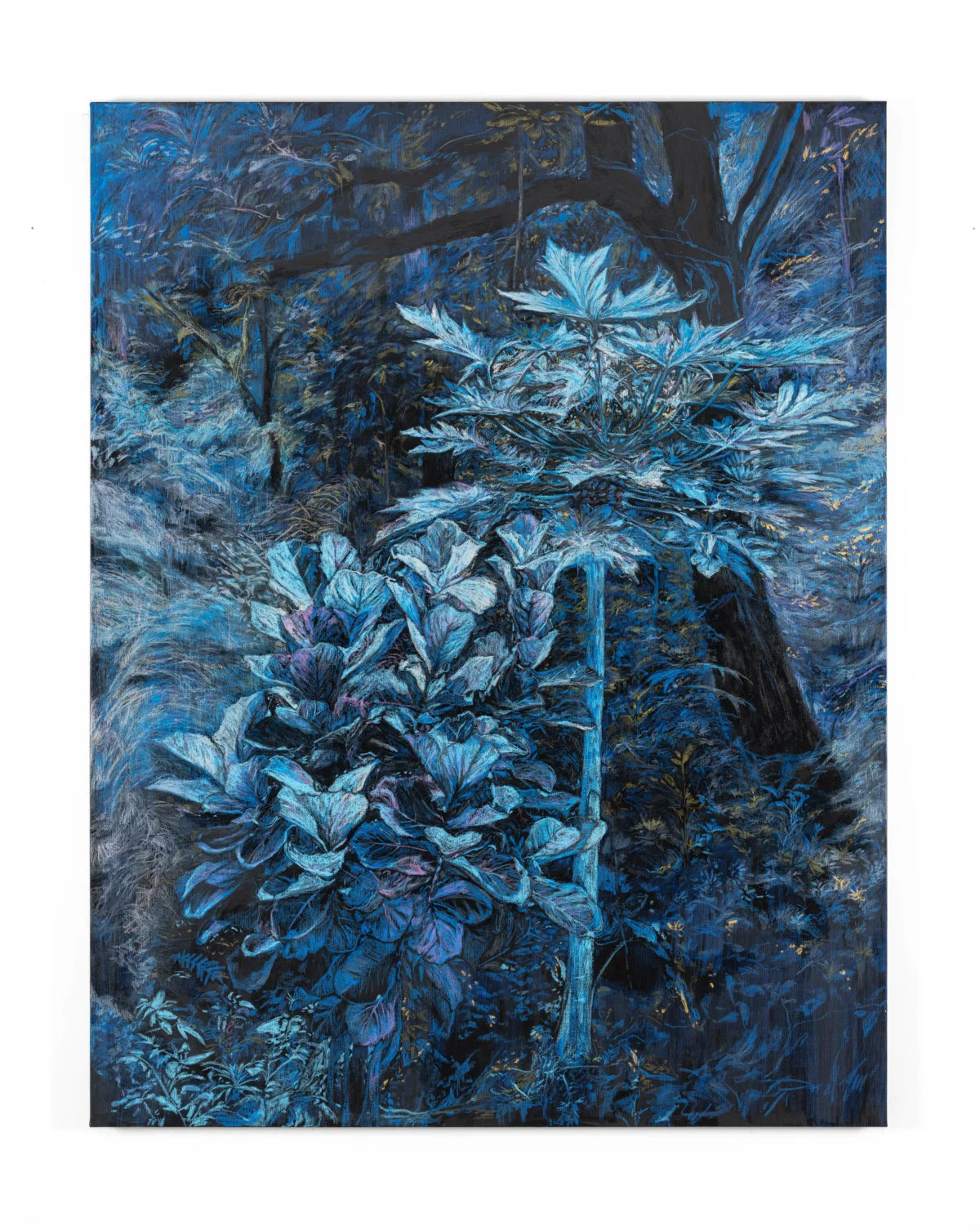
There were other ‘distractions’ over the past three weeks. I was reading Korean writer Han Kang’s Human Acts (2016), her shocking fictional account of the Gwangju massacre in South Korea when the unelected military government of Chun Doo-hwan (who, at 89 years of age, is still alive and free) killed hundreds of protesters demonstrating for democracy between 18 to 27 May 1980. The fortieth anniversary of the massacre and the art biennial, that memorialises the massacre, were curtailed by Covid-19 restrictions this year. Still raging is the aftermath of African-American George Floyd’s death on 25 May 2020 in Minneapolis, USA after a policeman held his neck down with his knee as Floyd pleaded, “I can’t breathe.” His suffocation triggered protests across the USA and cities around the world. These protests echo, without the systemic racism and racial profiling of the USA, similar public outrage of policing tactics during anti-government protests in Hong Kong during 2019-2020, which includes aggressive restraint methods, and, as researched by Amnesty International, life-threatening use of tear gas in enclosed spaces.
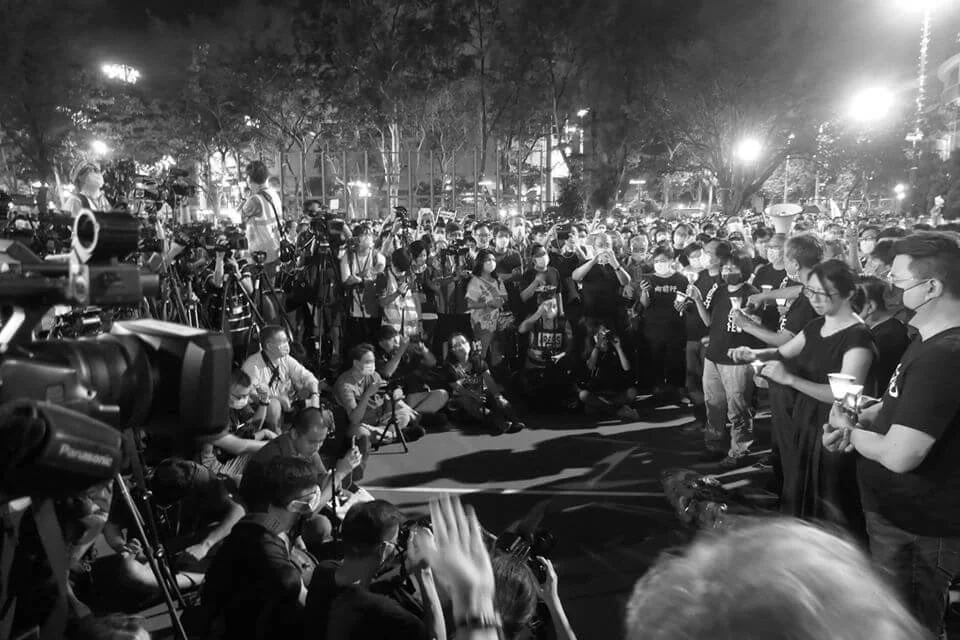
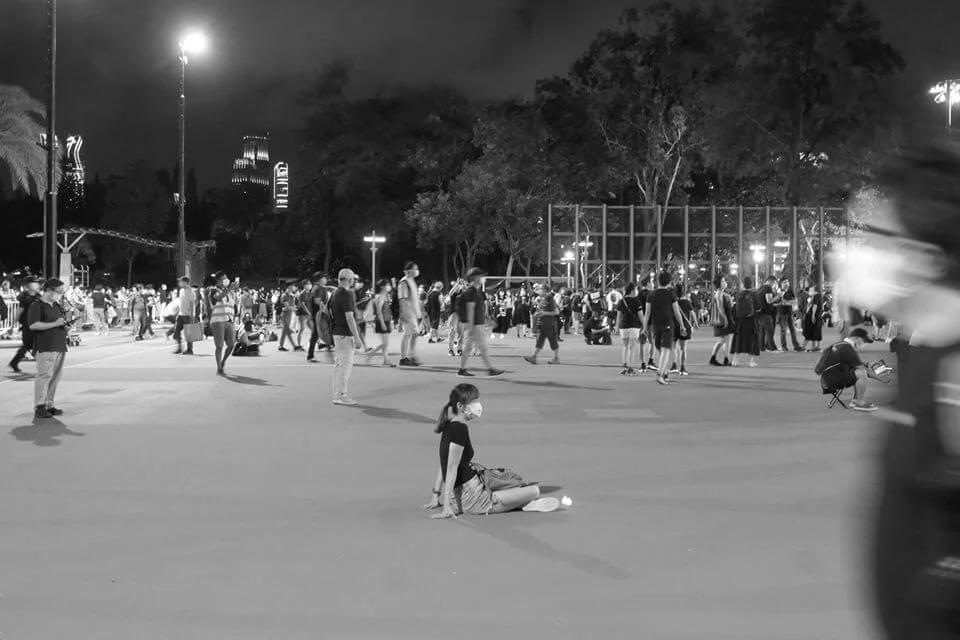
Then, amidst public anxiety of the coming promulgation by the mainland of national security legislation, Hong Kong’s annual Victoria Park memorial candlelight vigil in memory of the victims of the Tiananmen massacre on 4 June 1989, was not given permission to be held by the police this year, ostensibly due to Covid-19 crowd distancing restrictions, but politics is probable, as the 2019 anti-government protests continue rumbling. Nevertheless, thousands peacefully came to Victoria Park to remember the victims. There were, however, two distinct groups on the football pitches: prayers and remembrance speeches to those that died were led by Albert Ho Chun-yan and Lee Cheuk-yan of the Hong Kong Alliance in Support of Patriotic Democratic Movements in China. At the other end of the park, an equally large crowd gathered around independence flags chanting slogans. Ironically, it was Ho and Lee and other members of the Alliance who were later informed they would be prosecuted for participating in an illegal assembly. The independence flag-wavers do not appear to have been similarly charged by the police. This could be a dilemma for future 4 June vigils: a peaceful turnout by the public to light candles and remember the dead should receive police permission. However, independence activists could jeopardize future 4 June vigils by highjacking the event to promote independence, certainly a proscribed activity under future national security laws.
In a continuation of a series of work depicting trees and foliage, Kan’s most recent paintings mirror the outcome of the blue-coloured pepper-infused water fired from water cannon trucks used by police to disburse Hong Kong street protesters. This blue- dyed water stings and stains everything it touches: people, concrete streets, grass and trees, including the trees that Kan depicts in her now-blue paintings.
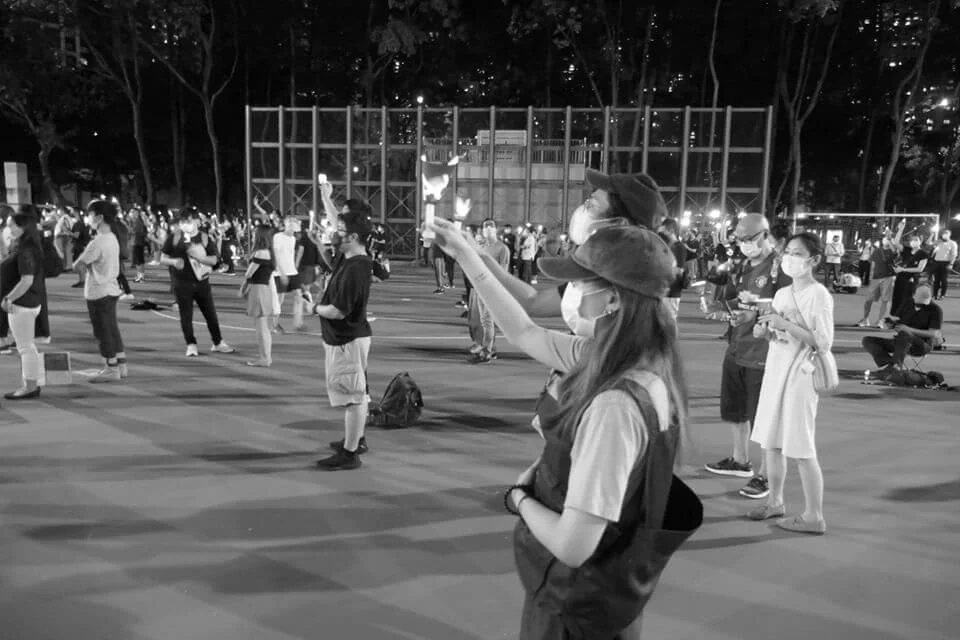

I eventually finished writing a sober piece of explanatory text about Kan and her marvelous art, which will be published in Artomity art magazine later this month. Apart from the association seen in her blue paintings, I did not discuss the social or political events happening in Hong Kong, or the incidents outlined above. However, Kan is painting right now, as are countless artists doing creative work. My writing is now and the ‘now’ can never be ignored by future readers or historians. The context for creativity is as important as the creative act; it is infused, even slightly, in an artist’s or writer’s work.
I am still listening to Arab Strap. However, I could argue, that is an insignificant fact – it is just pure male indulgence, a temporary obsession with music and lyrics that have, momentarily, an imagined greater existential meaning than real love or sex or politics: “…But, when I feel like this, I know it doesn’t matter / When I eat when I’m not hungry I’m sure I feel my face get fatter / Then I thin out every weekend and I think that she might want me / But, I always slap off on my own ‘cause / I let those feelings haunt me, they control me….”*
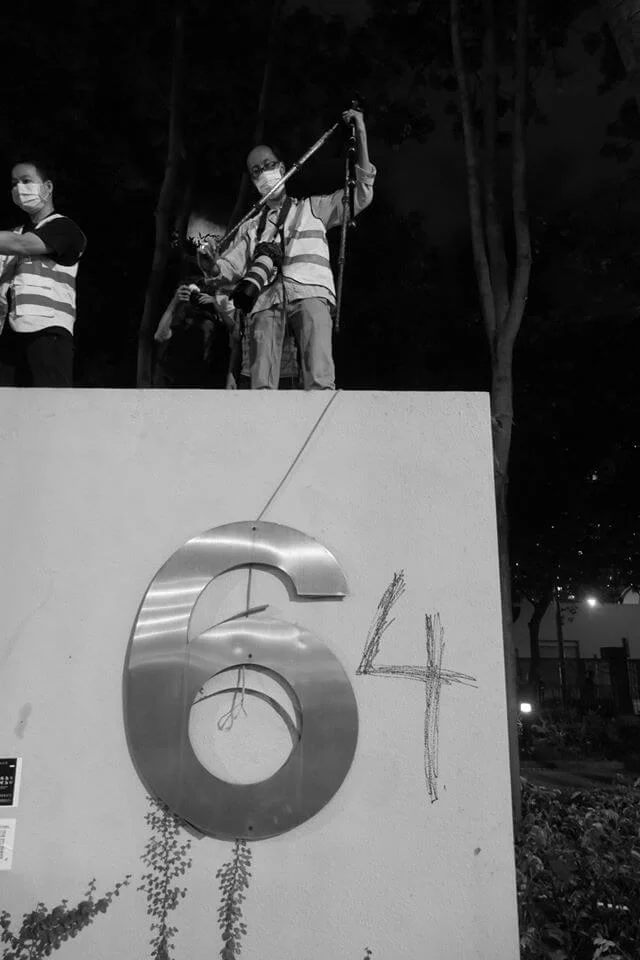
Tobe Kan Kiu Sin website: https://t-o-b-e.weebly.com/
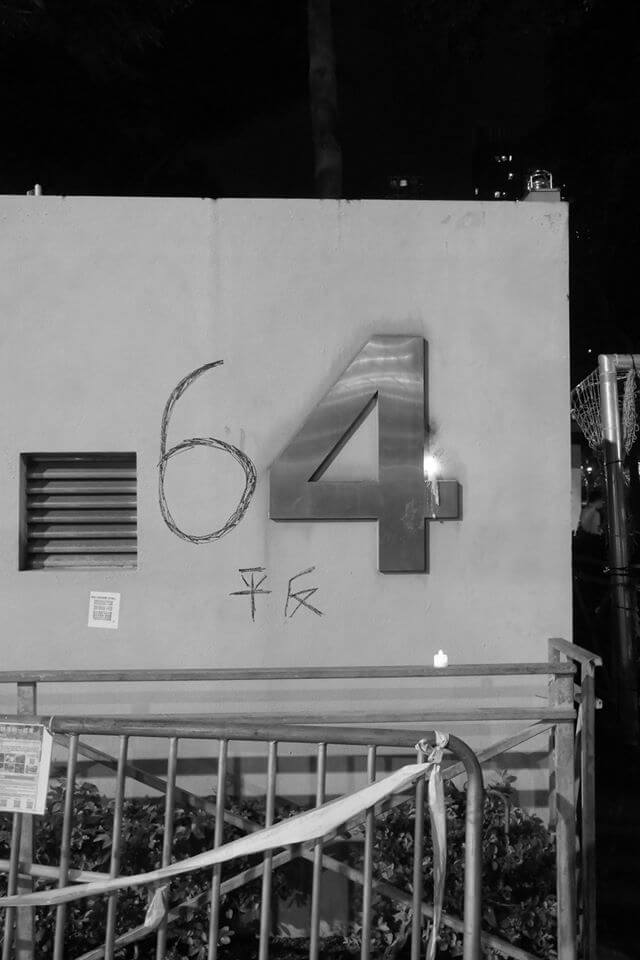
Tobe Kan Kiu Sin website: https://t-o-b-e.weebly.com/
*Arab Strap, The Shy Retirer, on their album ‘Monday at the Hug and Pint’ (2003)
Tobe Kan Kiu Sin website: https://t-o-b-e.weebly.com/






